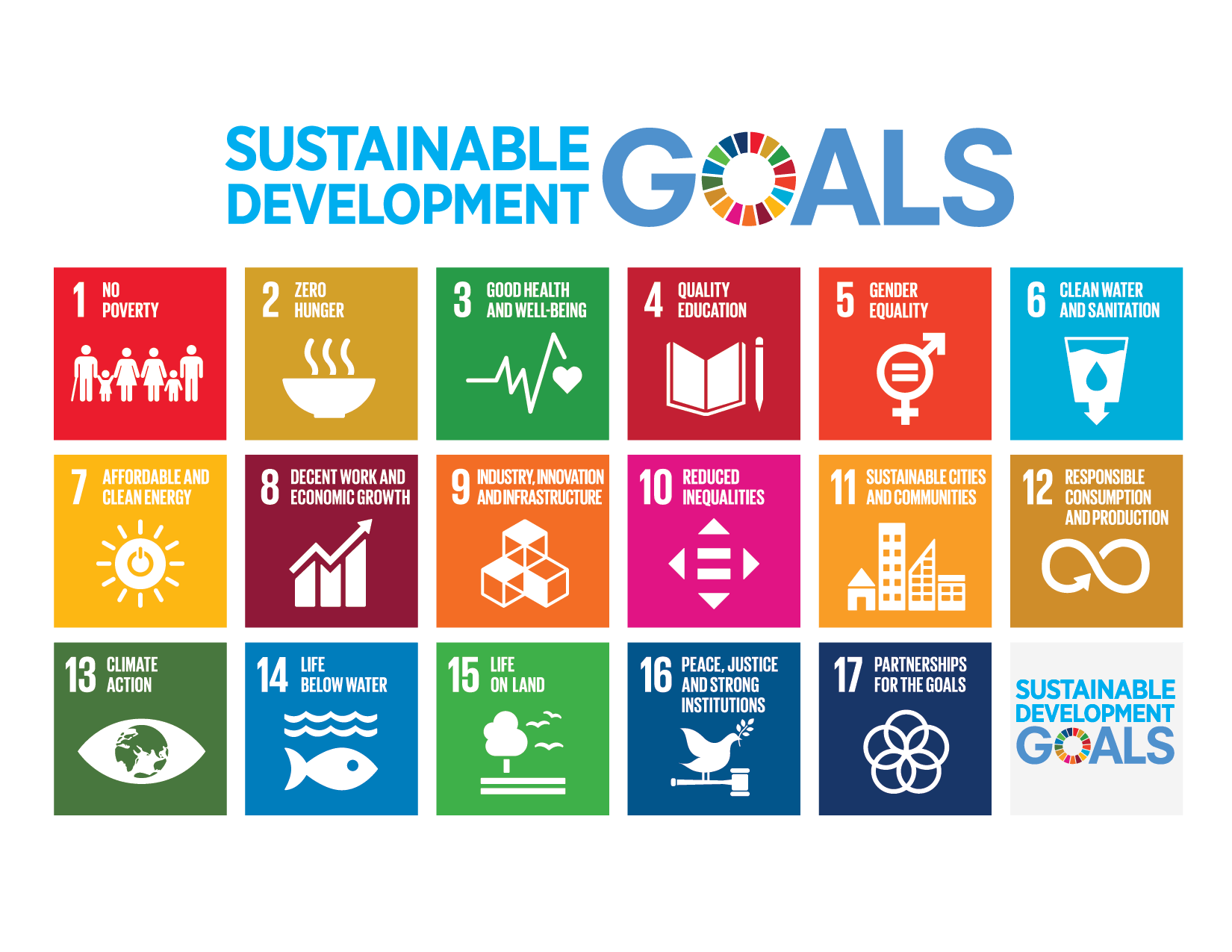How do you reconcile financial investment goals with sustainable development goals?


A world with clean energy
Different opinions exist regarding the causes of climate change: Some experts state that temperature increases are a normal part of the Earth’s cycle, whilst others interpret this phenomenon as man’s doing.
The Sustainable Development Goals
In 2015, the UN adopted a Sustainable Development agenda setting 17 goals that consider in aggregate terms the social, economic and environmental approach that together seek to end poverty and hunger, protect the planet and ensure that humanity enjoys peace and prosperity.
An extremely demanding task considering the complexity of the binding chains between the goals that require joint efforts in an environment in which economic and social policy measures can generate asymmetric courses of action. Cultural differences should also be taken into account that can also influence meeting goals, without forgetting the problems that arise from geopolitical situations in different regions.

The world is currently going through a crisis that endangers the way of life as we have known it until now, derived from the overexploitation of natural resources, pollution, social and labour inequalities, etc. Therefore, achieving the Sustainable Development Goals is a titanic task and the efforts will follow a path that will be not without challenges.
From our standpoint, (together with a growing number of investors) we consider that the UN’s goals are the necessary measures to reduce social, economic and environmental inequality, which is why Sustainability as a global goal must be based on Social Responsibility in all spheres of organisation–government, private sector, and civil society.
Generating awareness of the world’s needs are complex (there are still people today who don’t believe that climate change is human-caused) so changing the status quo will be a gradual process. Fortunately, there is a growing awareness of the world’s needs, especially in the younger generations.
Last year, the True North Market Insights (on behalf of Ameritrade) conducted a study of US investors, yielding interesting figures. To cite some figures: 67% of investors show a predilection for social and environmental factors compared to 30% that prefers financial criteria; 51% of those who have considered socially-responsible investments hold at least 21% of their positions in these assets. There are differences between the generations, and millennials (born between 1982-1994) are more inclined to invest in socially responsible companies and 60% of this group considers it important to invest in this concept (compared to 36% of baby boomers, born between 1945-1964).
In terms of concepts, millennials prioritise Environmental Impact and Human Rights factors. These elements do not differ substantially in a hierarchy with respect to the total number of investors surveyed (19% of respondents gave priority to Human Rights followed by 16% who consider the Environmental Impact).
In short, it seems that millennials are a generation that considers social-responsibility factors to a greater extent and fortunately it would seem that this tendency of generational consciousness could continue when considering that Generation Z (born after 1995) will be the most important demographic group within five years once they start to join the labour market. This group was born and raised in a digital world and will be the axis of consumption based on sustainability and technology.
Investment opportunities
The implications emanating from the Sustainable Development Goals have a number of ramifications and concepts that would be difficult to address in a single report; hence, it will be a recurring theme to address not only to raise awareness about Social Responsibility but also to match these goals with investment opportunities.
Some analysts estimate that meeting the UN’s goals would involve investments of around USD 5-7 trillion per year and it is not unreasonable to say that meeting these goals will generate megatrends. In particular, the greatest inequalities are found in emerging economies and the investment needs revolve around USD 3.3-4.5 trillion that should be allocated to infrastructure, food, mitigating climate change, health, and education.
In this regard, and according to the World Economic Forum 2019, the main global risk derives from climate change and extreme weather effects, a problem that affects 10-12% of the global population that compares with 0.1-0.2% in 1951-1980. The frequency and severity of heat waves, hurricanes, droughts, and floods have intensified, and it is a multiplying risk as it generates economic disparities, human migration, and intra-regional conflicts.
Climate change and extreme weather conditions require multiple action fronts that have generated a change in the renewable energy industry, electric vehicles, batteries and energy storage, lighting, among others.
In a previous report, we mentioned the opportunities in the world of clean energy, a situation that is still current and structural. The initiatives to reconvert fossil fuels into renewable energies continue their course; the automotive industry presents major structural changes as a result of this problem (electric vehicles), regulations to control pollutants (energy efficiency) have also generated new market niches and we believe that new opportunities may gradually materialise.
The subject is exciting and will undoubtedly be a source of research that we will expand on in future articles.
Related news
-

What are profitable and socially responsible bonds?
At BBVA Switzerland, we are conscious that our main mission is to safeguard our clients' wealth, but this objective is not incompatible with maintaining our commitment to a sustainable future. What are profitable and socially responsible bonds?
-

BBVA adheres to the United Nations Principles for Responsible Banking
BBVA joined in launching the Principles for Responsible Banking at the United Nations Environment Programme Finance Initiative (UNEP FI) global roundtable in Paris.















